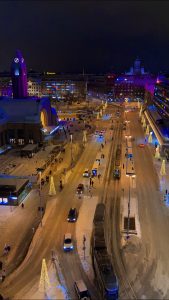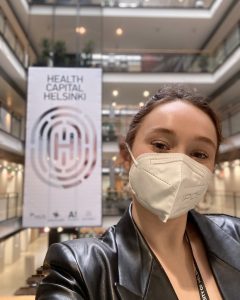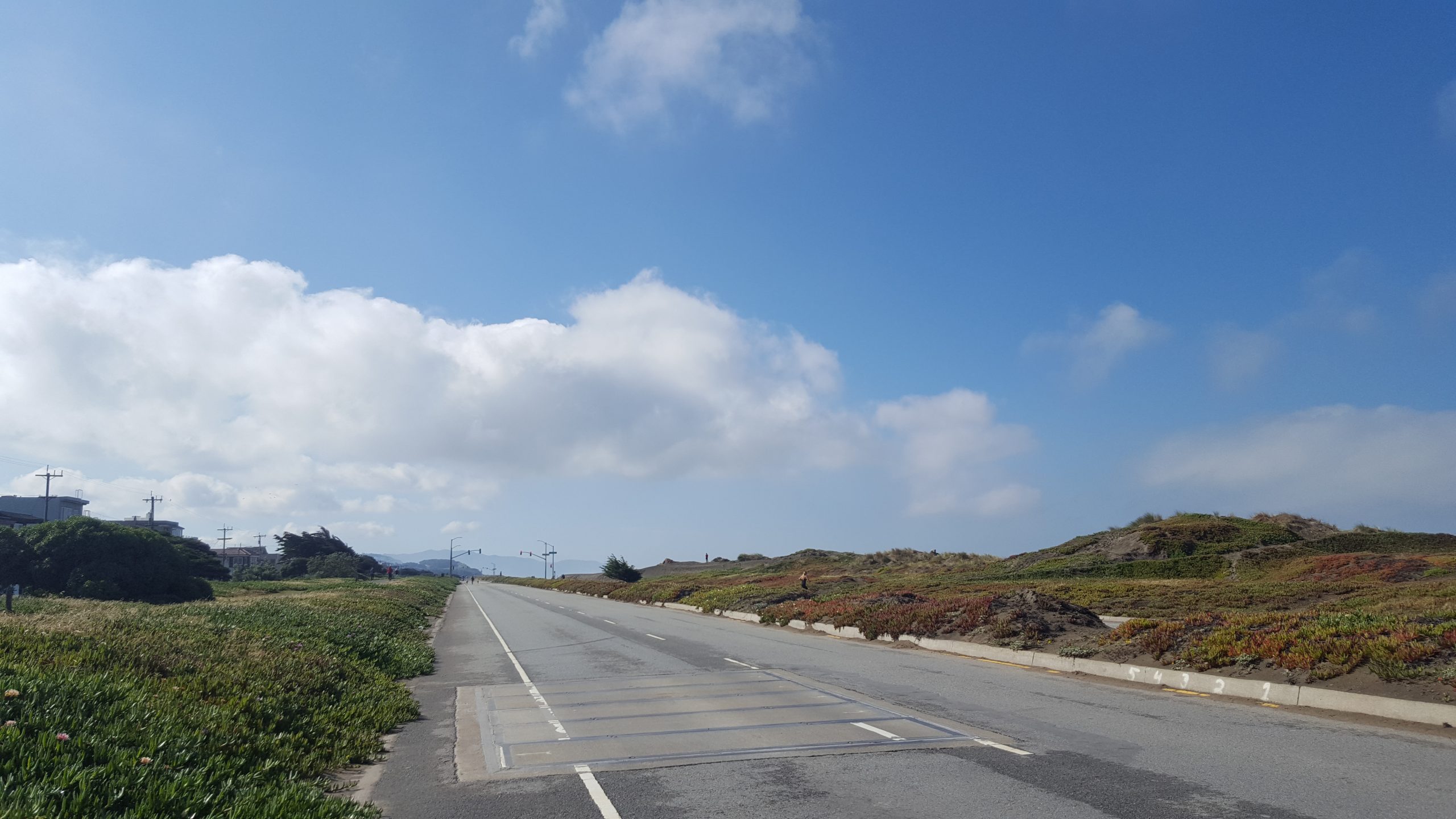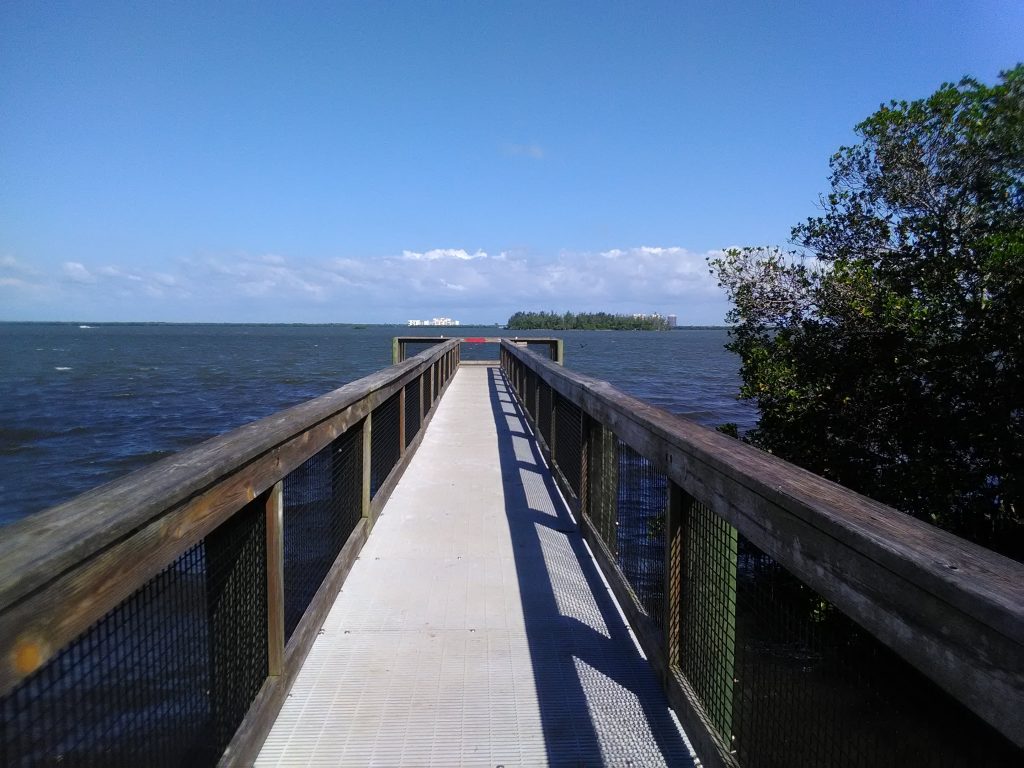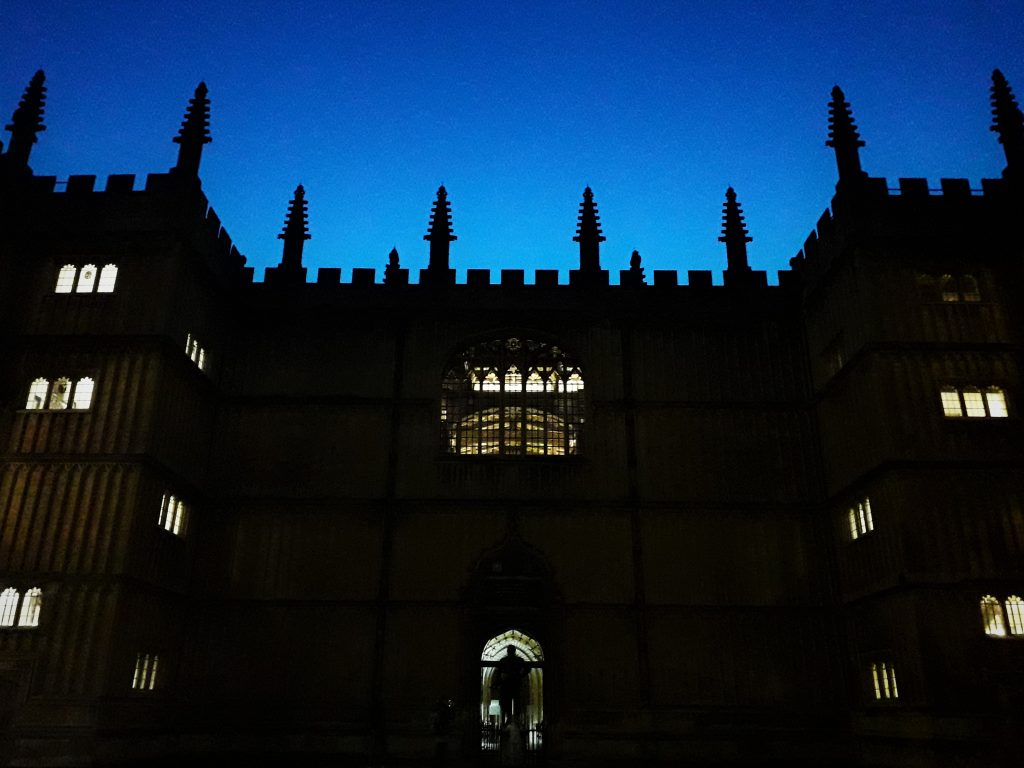Hello again everybody!
This is Rosa López again updating you about my internship as a HiLIFE Research Trainee! As you may remember (or not, please click here for the previous blog post 🙂 ) I used this scholarship to carry out my Master’s thesis as an international student at EPFL located in Lausanne (Switzerland). After six months of tough learning and hard work, I am delighted to inform you that my thesis is finished! In this blog post, I want to explain to you how the whole process ended, from the first experiments to the thesis submission. So, let’s dig in!
What was my thesis about? How was it performed?
As a quick recap of the previous blog post ( 😀 ), my Master’s thesis was performed at the Laboratory of Stem Cell Bioengineering (LSCB)1. This lab, led by Prof. Matthias Lütolf, aims to develop third-generation organoids from stem cells by using innovative bioengineering strategies. One of the research lines focuses on the development of homeostatic human gastric third-generation organoids from human biopsies since this current organoid model contains several limitations2. This project is being conducted by Moritz Hofer, a PhD student in LSCB and my supervisor throughout my whole thesis. So, you may ask: Rosa, what was your Master’s thesis about?
The main aim of my thesis was to test the effect of different extracellular matrix (ECM) proteins on gastric stem cell differentiation. The ECM is currently considered one of the key stem cell niche components3,4. As a matter of fact, several ECM proteins had been already established to have a specific location within the human gastric mucosa. Thus, we wanted to check if these proteins could influence stem cell maintenance or differentiation towards one specific cell type. The main workflow of the project was to seed gastric organoid-derived epithelial cells on the proteins of interest and check for stem cell markers or other gastric epithelial cell markers with quantitative polymerase chain reaction (qPCR) after some time.
However, an important question arose right at the beginning of the project: how to perform this experiment? Some solutions could have been coating the seeding plate with the ECM protein of interest or using a mixture of Matrigel® with our ECM protein of interest. However, the former solution did not resemble the biomechanics of the mucosa, whereas the Matrigel® meant a too complex and uncontrollable environment. That is the reason why we decided to use synthetic hydrogels5, whose biomechanical properties can be modelled, and they are enriched only with our ECM proteins of interest. Even though it was a straightforward solution, a major part of the thesis was the bioengineering of synthetic hydrogel. The whole optimization took more than half of the internship! In the end, we were able to obtain preliminary results which showed that indeed some ECM proteins maintain stem cells, whereas others enhance differentiation towards other gastric cell types.
After all the experiments were done there was still one part missing… The whole thesis writing. I guess I am like most students, leaving all the writing towards the end. I would advise you to not do it. Although probably you’ll do the same mistake, so if you’re at that stage at this very moment… good luck!
And now, what is the next chapter?
My internship went on for six months and after I submitted my thesis, I got the Master’s graduation. During this time, I reassure myself what I want to do next: PhD. I still do not know where, but I know for sure that I like stem cell research. In the next months, I will be doing another internship before the PhD focused on the scarring and repair in the central nervous system at Karolinska Institutet. Let’s see how that goes and how it affects my future!
I would like to finish this post by acknowledging all the LSCB team, and specifically thanking Moritz Hofer for all his help and mentoring during this internship. I believe that having good mentoring is essential for success! Also, to all the people that were with me during the whole process, either physically in Switzerland or through the phone. Emotional support is more than necessary to complete a good thesis. Last but not least, thanks to Switzerland for having such breathtaking nature and landscapes. Although long hours in the lab are necessary, having some getaways is as important. I will bless you with some Swiss pics down below 😀

Thank you all for reading! Hope the best for you :3
Bests,
Rosa
Some (maybe) interesting links:
- Laboratory of Stem Cell Bioengineering Webpage: https://www.epfl.ch/labs/lutolf-lab/
- Seidlitz, T., Koo, B. K., & Stange, D. E. (2020). Gastric organoids—an in vitro model system for the study of gastric development and road to personalized medicine. Cell Death & Differentiation, 28(1), 68–83. https://doi.org/10.1038/s41418-020-00662-2
- Pardo-Saganta, A., Calvo, I. A., Saez, B., & Prosper, F. (2019). Role of the Extracellular Matrix in Stem Cell Maintenance. Current Stem Cell Reports 2019 5:1, 5(1), 1–10. https://doi.org/10.1007/S40778-019-0149-9
- Rezakhani, S., Gjorevski, N., & Lutolf, M. P. (2021). Extracellular matrix requirements for gastrointestinal organoid cultures. Biomaterials, 276. https://doi.org/10.1016/J.BIOMATERIALS.2021.121020
- Madduma-Bandarage, U. S. K., & Madihally, S. V. (2021). Synthetic hydrogels: Synthesis, novel trends, and applications. Journal of Applied Polymer Science, 138(19), 50376. https://doi.org/10.1002/APP.50376

